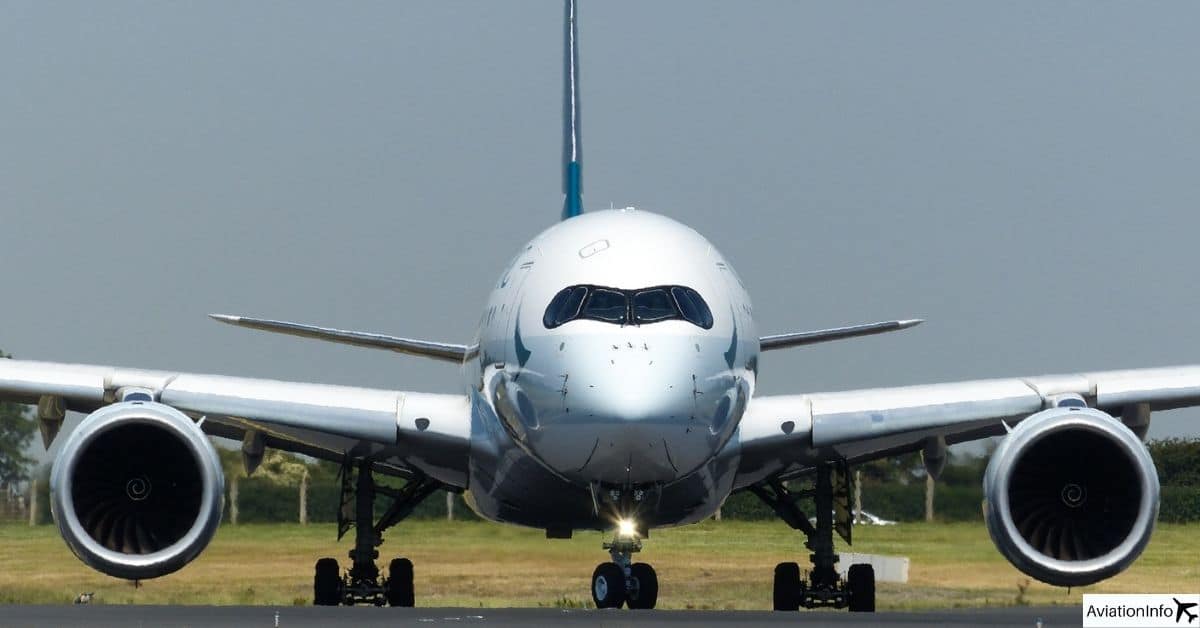An aerodynamic stall occurs when an airfoil is no longer able to produce sufficient lift, in which airflow over and under the wing breaks away. Stalls occur when the critical angle of attack (AoA) of the airfoil is exceeded.
The angle of attack (AoA) may be defined as the angle between the chord line of the wing and the relative wind. The correlation between an increase in AoA is the decrease of lift generated across the airfoil.
In small, general aviation trainer aircraft, stalls are usually easily recoverable. Light trainer aircraft are typically quite docile in terms of stall recovery due to their wing designs and weights.
For flight training purposes and specifically upset recovery training, pilots are trained to recognize and respond with specific control inputs to recover from these conditions which fall outside the normal and stable flight envelope.
While training in light aircraft and simulators will replicate and prepare pilots for such conditions, the stalling of commercial aircraft should never be performed in the real-world environment.
This is due to the stall characteristics of large aircraft being complex due to their weight and wing design, making stall recovery exponentially more challenging and compromising on the aircraft’s structure.
From a test flight perspective, commercial aircraft will be tested by certified test pilots during initial certification in which various abnormal aerodynamic profiles and unusual flight attitudes will be performed. This is the only set of circumstances in which such flight conditions should be attempted.
Also Read: Straight Wing Advantages | Wing Design

How Often Do Planes Stall?
Stall and unusual flight attitudes in large commercial aircraft are rare occurrences due to the number of safety and prevention systems implemented on modern aircraft.
Such stall prevention systems include the stick shaker, aural warnings, and Fly By Wire (FBW) systems which override the pilot’s control inputs. These safety systems intend to recognize and prevent the occurrence of an imminent stall in sophisticated aircraft.
Aircraft-specific checklists are designed in such a manner that procedures are in place to minimize the risk of unintentional stalling of the aircraft.
Such preventative measures focus on critical phases of flight in which stalls are most likely to occur. Some of these phases include the go-around and initial climb phases of flight, in which speed-flap/slats management must be precise in order to avoid an inadvertent aerodynamic stall.
Stalls occur during these phases of flight mainly due to the premature retraction of flaps on the go-around or climb-out, at a speed that is at or below the stall speed for that specific flap setting.
Despite these advanced systems and procedures in place, there have been instances in which large commercial aircraft have stalled; often with fatal consequences for those on board.
A noticeable example of an aerodynamic stall leading to the fatal loss of the aircraft and all on board was an Airbus A320 over the Mediterranean Sea in November 2008.
The aircraft was conducting an acceptance flight on the basis of a lease return from XL Airways back to Air New Zealand. An acceptance flight is performed in order to demonstrate the airworthiness of an aircraft. Acceptance flights are typically performed during lease returns, prior to taking delivery of an aircraft, or during the sale of an aircraft.
During this specific acceptance flight, the aircraft was cycled through various tests related to its onboard AoA sensors. Unknown to the flight crew, the AoA sensors were functioning incorrectly due to water contamination while the aircraft was being repainted 3 days prior. During the repainting, the AoA sensors were not covered as required.
This involved an inconsistency and contradiction with the 3 AoA sensors in the system, in which 2 of the 3 sensors recorded an inaccurate reading while 1 sensor had the correct reading.
Following the Airbus Fly By Wire logic, this led to the sole correct AoA reading being canceled out in favor of the 2 incorrect readings. With these 2 AoA sensors being the data source for indications, the AoA warning test performed resulted in erroneous readings being given.
Coupled with the test being performed outside the speeds set by the manufacturer, the low-speed test being performed resulted in an aerodynamic stall of the aircraft. Stall recovery was inhibited by the incorrect AoA accepted by the FBW system.
Various attempts were made to recover the aircraft from the stall by the flight crew, however, these were unsuccessful and the aircraft impacted the Mediterranean off the South Coast of France at 16:46 on the 27th November 2008, resulting in the loss of all 7 onboard.
The low-speed test coupled with the low altitude at which it was conducted (approximately 3000 feet), made stall recovery almost impossible.
Other Incidents
A Southern Air B777F on departure from New York JFK International Airport encountered a stall warning and stick shaker in November 2020. During the departure and initial climb out, the aircraft was passing 5000 feet in which an aural warning and stick shaker advising the flight crew of an impending stall was issued.
While an aerodynamic stall never occurred, the stall warning system was activated due to the low maneuvering speed at which the aircraft was flying. This was mainly due to the aircraft being at Maximum Takeoff Weight (MTOW) on departure while also complying with the 250 knots below 10,000 feet rule.

After visiting more than 60 countries, I have probably been on every type of plane there is and visited countless airports. I did my very first international solo trip to South Africa at the age of only 16 and haven’t really stopped traveling since.
Despite the adventurous travel itch, I do have a nerdy side as well – which is satisfied by writing about all things aviation “too boring” for my regular travel blog.

